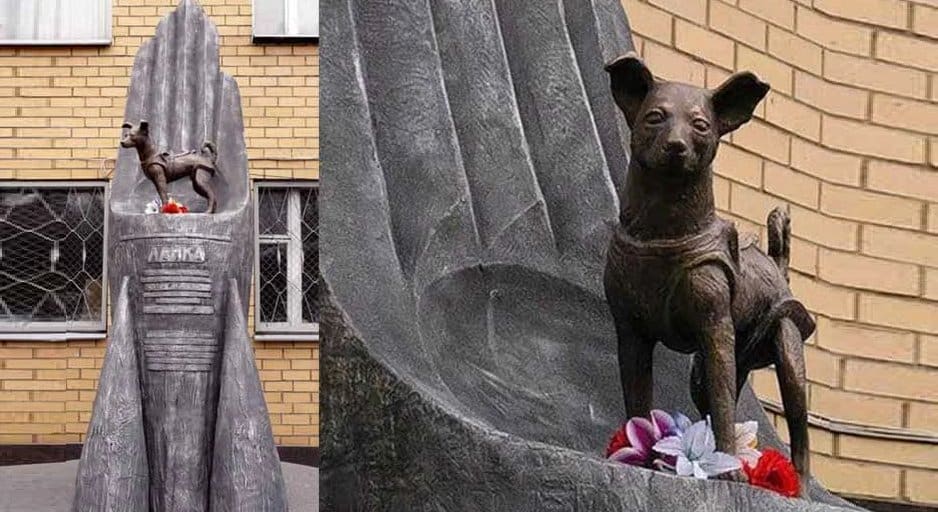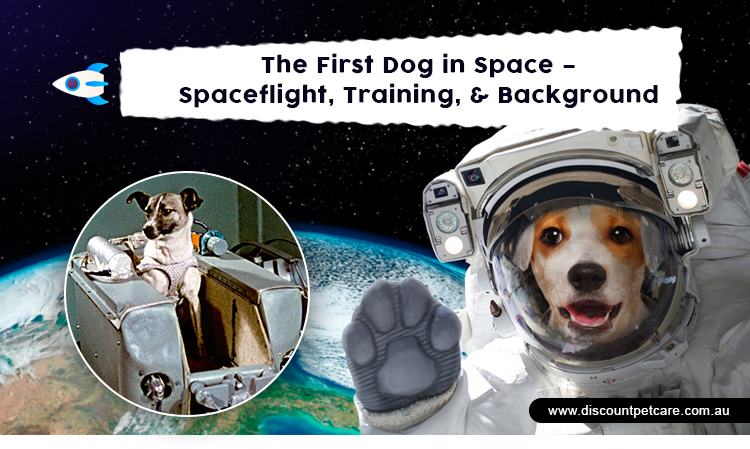The Space missions show us how far living beings can reach. It’s not at all simple; it takes many years to organize a space mission that too with the efforts of hundreds of people involved in it to make it possible. Astronauts, who are pivotal in these missions, are highly praised and respected. But have you ever wondered about other living beings (other than humans) that have gone into space? Or did you know that other living beings, too, have been sent into space?
Nearly 70 years ago, the Soviet Union and the United States projects started space missions and have sent numerous species of animals into space, including apes, mice, and dogs till then. However, these were a suborbital flight, which means the spacecraft passed into outer space before falling back to Earth without making an orbit.
Well, all the dog lovers will be proud to know that the first animal to make an orbital spaceflight around the Earth was a DOG-‘Laika’.
Laika
Laika, a young mixed-breed (Siberian husky and terrier) found as a stray in Moscow. After being rescued from the streets along with other dogs, she was chosen for a special train program for space travel. The Soviet scientists believe that a stray animal would be better equipped to endure the cold, hunger, or harsh conditions of space travel. Moreover, Laika’s calmness and even temperament made her completely eligible for this role.
What is Special Train Program For Space Travel?
A program during which dogs are trained for spacecraft by being kept in small cages and taught to eat nutritious gel that would be their food in space.
The dog was originally named Kudryavka, or Little Curly before she became known as Laika; a Russian word for some breeds of a dog-like husky. She was a small 13 pounds (6 Kg), with just 2 years of age. On the day 3rd November in 1957, she was launched in Sputnik 2 and became the first living being to orbit the Earth. But unfortunately, the space travel mission was one-way only and her death in space was expected from the launch of her spaceflight. It is an unknown mystery exactly how long Laika lived in orbit – it could be a few hours or a few days. The spacecraft Sputnik 2 stayed until April 14, 1958, in the upper atmosphere.
Training Before The Launch
The dogs were placed in a series of demanding endurance trials and medical examinations with the similar noise of spacecraft launching and the grueling G-Force. Scientists also examine the level of tolerance by putting dogs in the distressingly cramped space capsule or increasingly smaller cages for several weeks.
Laika’s Spacecraft – The Sputnik 2
Sputnik 2 was well equipped with extensive innovative devices to keep a dog alive in space. An oxygen generator was fitted to absorb carbon dioxide. A Heat-activated fan was fixed to regulate the temperature. Soviet radio in the spacecraft was installed to get updates for dog’s health and a seven-day stock with food and oxygen to keep the dog alive.
Laika Monument

Nearly, 50 years after the launch of Sputnik 2, a monument was installed outside the Star City in Russia. The statue describes a rocket that merges into a hand, launching Laika into space.
Dogs are the best living being on the earth that shows unconditional love to their humans and the historic flight took by Laika has proved that they can not only love but they are enough brave soldiers too. More, more, and more love for dogs!


